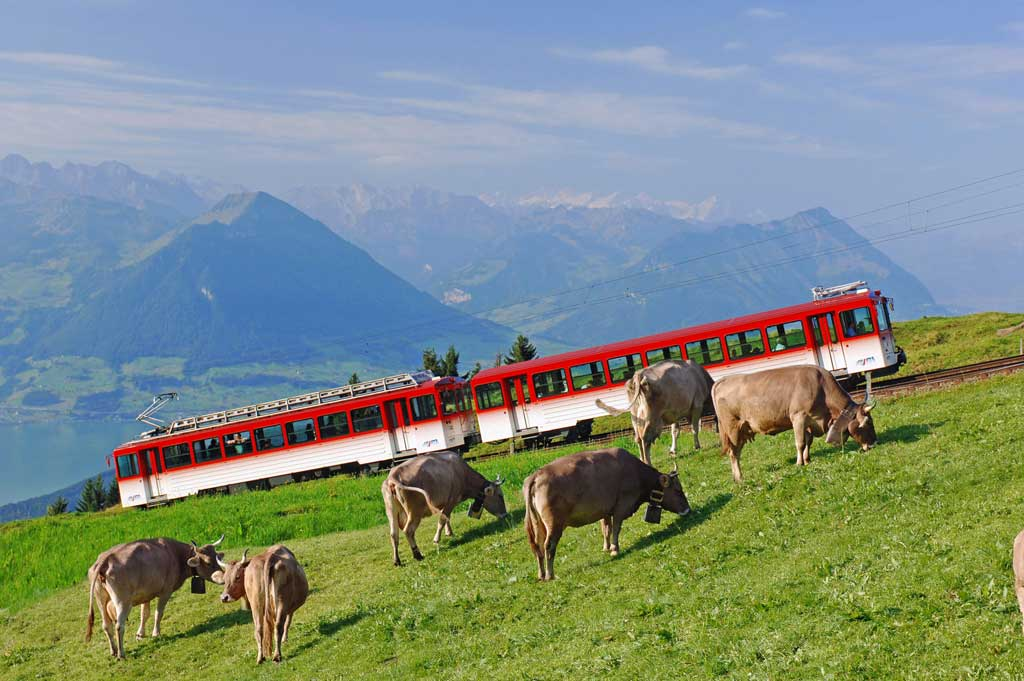
The "Inventory of Living Traditions in Switzerland" showcases the great diversity of intangible cultural heritage which has been passed down from one generation to the next. Not only should it lead to greater awareness of the importance of these traditions among a broader Swiss public, but it should awaken interest in Switzerland from further afield. However, it is vital that the Swiss tourist industry exercises particular care and tact when incorporating these cultural assets in its tourism products. If the significance of place and history is overlooked, these traditions become devalued, reducing them to superficial visitor attractions.
The Federal Office of Culture commissioned Lucerne University of Applied Sciences to produce a set of practical guidelines to encourage cooperation between the bearers of living traditions and the tourism industry. The publication sets out examples of how the tourism potential of four living traditions has been effectively exploited, generating added value in the process. It explains the factors, such as design and marketing strategies, that have led to successful tourism products which contribute to safeguarding intangible cultural heritage.





